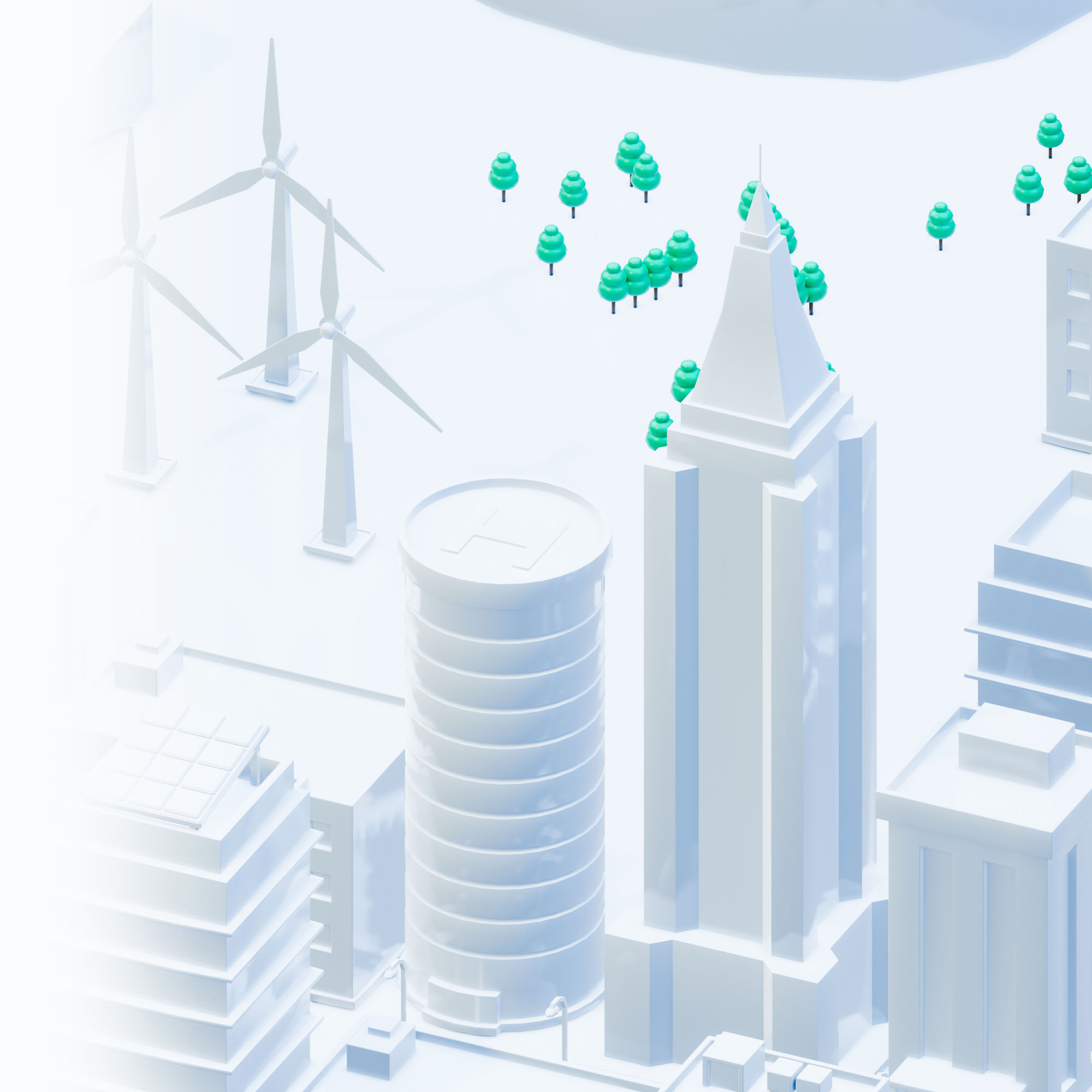Commitment
In February 2021, Shell announced it is integrating its strategy, portfolio, environmental and social ambitions under the goals of Powering Progress: generating shareholder value, achieving net-zero emissions, powering lives and respecting nature. “Powering Progress” sets out details of how Shell will achieve its target to be a net-zero emissions energy business by 2050 or sooner, in step with society. This target covers the emissions from our operations and the emissions from the use of all the energy products we sell. And crucially, it includes emissions from the oil and gas that others produce and Shell then sells as products to customers, making the target comprehensive. We will continue with short-term targets that will drive down carbon emissions as we make progress towards our 2050 target, linked to the remuneration of more than 16,500 staff. More information on “Powering Progress” is available here.
Lighthouse initiative
Shell believes that hydrogen, in conjunction with electrification and energy efficiency will play a key role to reach the European Green Deal’s climate targets by helping to decarbonise harder-to-abate sectors in transport and industry.
Europe’s largest polymer electrolyte membrane (PEM) hydrogen electrolyser began operations at Shell’s Energy and Chemicals Park Rheinland on 2 July 2021, producing green hydrogen. As part of the Refhyne European consortium and with European Commission funding through the Fuel Cells and Hydrogen Joint Undertaking, the fully operational plant is the first to use this technology at such a large scale in a refinery.
The Refhyne electrolyser will use renewable electricity to produce up to 1,300 tonnes of green hydrogen a year. This will initially be used to produce fuels with lower carbon intensity. The green hydrogen will also be used to help decarbonise other industries.
The European consortium backing the project consists of Shell, ITM Power, research organisation SINTEF, consultants Sphera and Element Energy.
Plans are under way to expand capacity of the electrolyser from 10 megawatts to 100 megawatts at the Rheinland site.
More information is available here.


